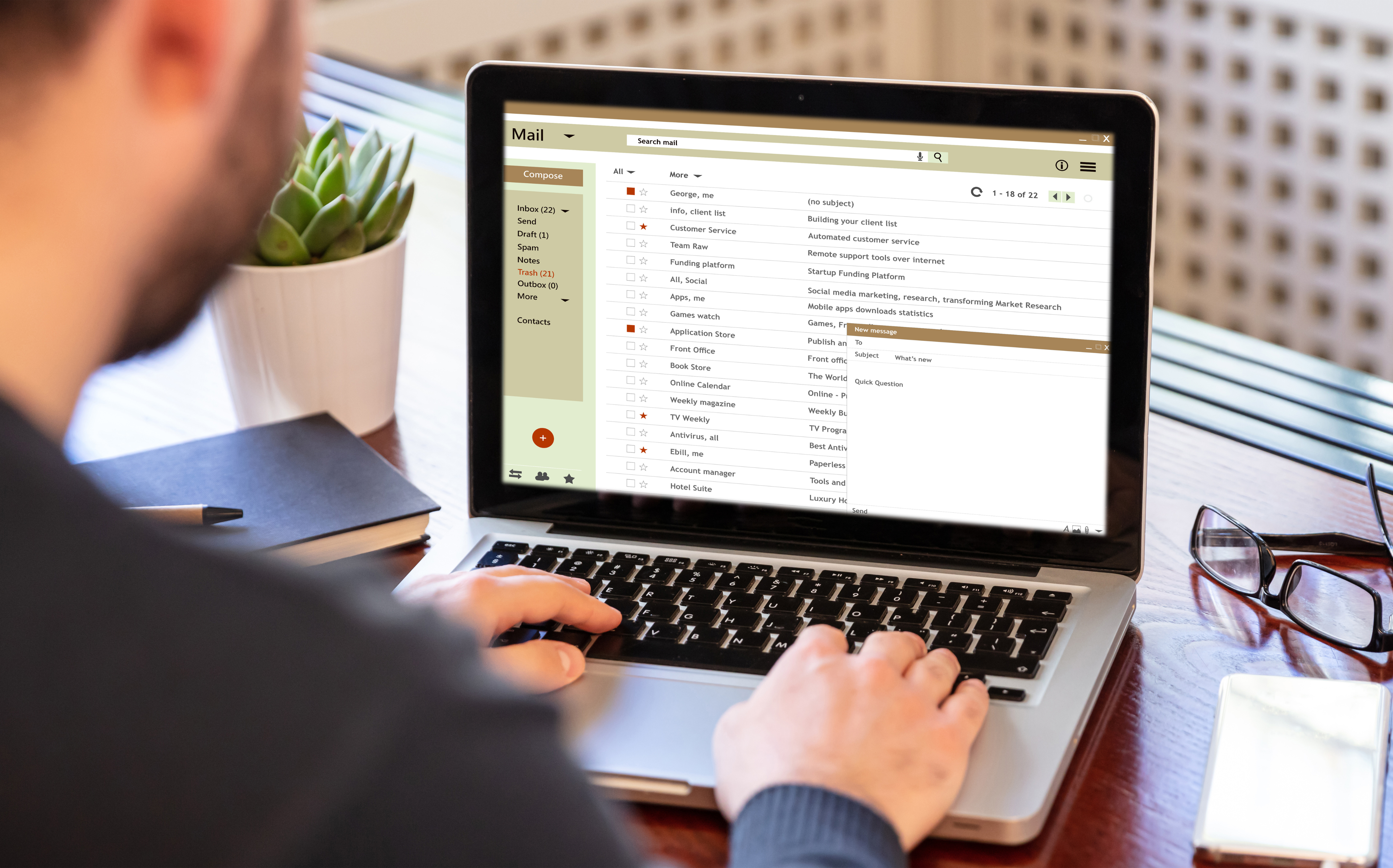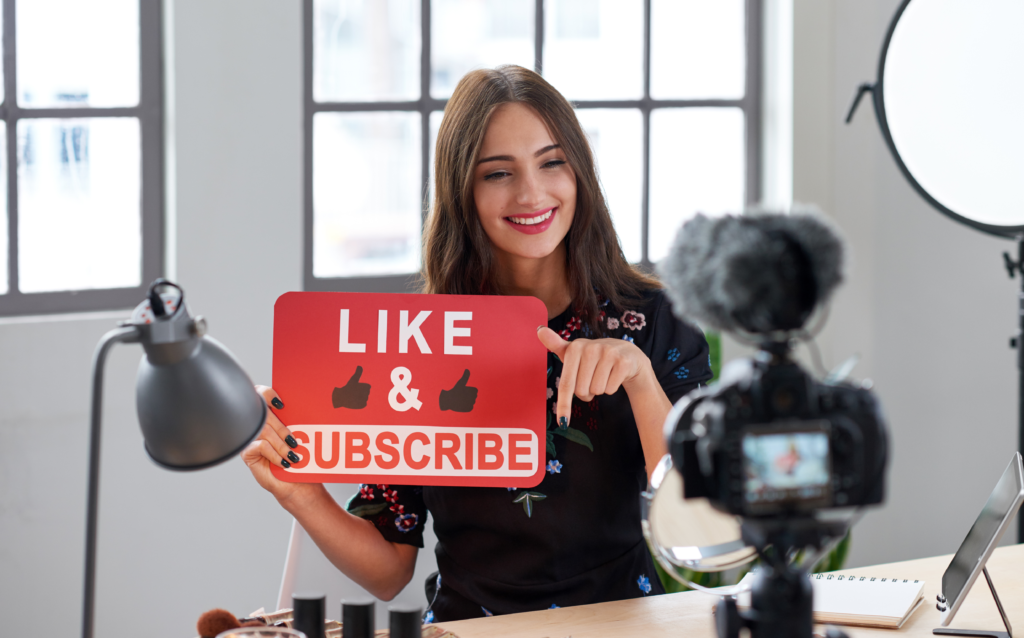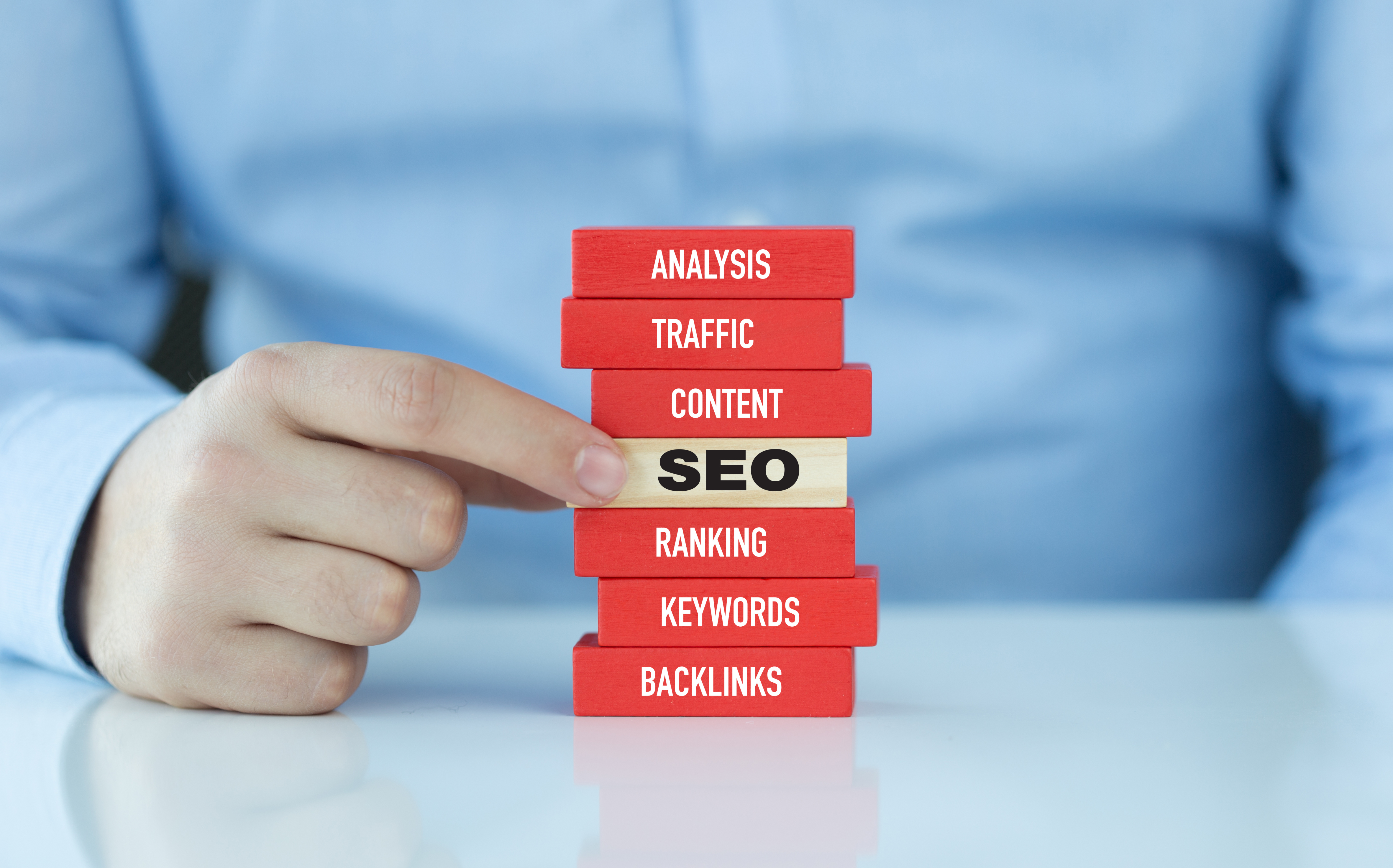Email marketing remains one of the most effective ways to reach and engage with your audience. Whether you’re a seasoned marketer or just getting started, understanding the best practices can significantly enhance your campaigns. Here, we’ll explore tips on crafting compelling email campaigns, building subscriber lists, and improving open and click-through rates.
Crafting Compelling Email Campaigns
Creating compelling email campaigns requires a deep understanding of your audience and a strategic approach to every aspect of your emails. Let’s explore each element in detail to help you craft emails that not only capture attention but also drive engagement and conversions.
Know Your Audience
Understanding your audience is the cornerstone of any successful email campaign. This means delving into their preferences, interests, and pain points. Start by developing detailed customer personas that represent your key segments. These personas should include demographic information, behavioral traits, and psychographic characteristics. Once you have a clear picture of who your audience is, segment your email list accordingly. This allows you to tailor your content to specific groups, ensuring that each email feels personal and relevant. Personalized emails resonate more with recipients, leading to higher engagement rates and increased conversions.
Craft Engaging Subject Lines
Your subject line is the first impression your email makes, and it plays a crucial role in whether or not your email gets opened. To craft an engaging subject line, keep it short and intriguing. It should pique the recipient’s curiosity without giving everything away. A/B testing different subject lines can provide insights into what resonates most with your audience. Experiment with including questions, urgency, or personalization in your subject lines. For example, “Limited Time Offer: Save 50% Today!” creates a sense of urgency, while “Hi [Name], Don’t Miss Out on These Deals!” adds a personal touch.
Optimize the Preheader Text
The preheader text is the snippet that appears next to or below the subject line in the inbox. This often-overlooked element can significantly impact your open rates. Use the preheader text to complement your subject line by providing additional context or a compelling call to action (CTA). Think of it as an extension of your subject line, offering a teaser of what’s inside the email. For instance, if your subject line is “Exclusive Invite Inside,” the preheader text could be “Join us for a special event and enjoy member-only perks.”
Design for Mobile
With the majority of people checking emails on their mobile devices, it’s imperative that your emails are mobile-friendly. A responsive design ensures that your email looks great on any screen size. This means using a layout that adapts to different devices, concise text that’s easy to read on smaller screens, and buttons that are easily tappable. Test your emails on various devices and email clients to ensure they provide a seamless experience for all recipients. A mobile-optimized email not only enhances user experience but also increases the likelihood of engagement.
Use High-Quality Visuals
Visuals can make your emails more engaging and help convey your message more effectively. Use high-quality images and videos that are relevant to your content and enhance the overall aesthetic of your email. Ensure that these visuals are optimized for quick loading to prevent slow email load times, which can frustrate recipients. Additionally, include alt text for all images. Alt text ensures that even if the images don’t load, your message still gets across and makes your emails more accessible to visually impaired users.
Write Clear and Compelling Copy
Your email copy should be clear, concise, and compelling. Use a friendly and conversational tone to make your emails feel personal. Highlight the benefits of your product or service and provide clear, direct CTAs. Break up your text with bullet points or short paragraphs to make it easier to read, especially on mobile devices. Focus on what’s in it for the recipient – whether it’s solving a problem, offering a discount, or providing valuable information. Remember, every word should serve a purpose and drive the reader towards the desired action.
Include a Strong Call to Action
A strong CTA is essential for driving action. Your CTA should be prominent and easy to find within the email. Use action-oriented language that tells the recipient exactly what to do next, such as “Shop Now,” “Learn More,” or “Get Your Free Trial.” Creating a sense of urgency, such as “Limited Time Offer” or “Only a Few Left,” can also encourage recipients to act quickly. Test different CTAs to see which ones perform best, and ensure that they stand out visually within your email.
Test and Optimize
Continuous testing and optimization are crucial for the success of your email campaigns. A/B testing allows you to compare different elements of your emails to see which versions perform better. Test various aspects such as subject lines, CTAs, images, and send times. Pay close attention to your email analytics to understand what works and what doesn’t. Use these insights to make data-driven decisions and continuously refine your strategy. Remember, what works today may not work tomorrow, so ongoing testing and optimization are key to staying ahead.
By focusing on these elements, you can create email campaigns that not only capture attention but also drive meaningful engagement and conversions. Understanding your audience, crafting engaging content, and continually optimizing your approach will ensure that your emails deliver maximum impact.
Building Subscriber Lists
Building a robust email subscriber list is essential for any successful email marketing campaign. Here’s a more detailed exploration of strategies you can use to effectively grow your list and ensure long-term engagement with your audience.
Create Valuable Content
Offering high-quality content is a foundational strategy for building your email list. Your content should provide real value to your audience, addressing their needs, interests, and pain points. This can come in various forms, including:
- Blog Posts: Regularly publish informative and engaging articles on your website. Use these posts to demonstrate your expertise and provide actionable insights. Encourage readers to subscribe to your email list for updates on new posts.
- Ebooks and Whitepapers: Develop in-depth resources that delve into specific topics of interest to your audience. Offer these as free downloads in exchange for an email address. This not only helps you build your list but also positions you as an authority in your field.
- Exclusive Offers: Create special content or deals that are only available to email subscribers. This could be early access to sales, exclusive discount codes, or members-only content. By offering something unique, you incentivize visitors to subscribe.
Use Signup Forms and Popups
Strategically placed signup forms and popups are effective tools for capturing email addresses:
- Homepage: Include a prominent signup form on your homepage. This ensures that visitors are immediately aware of the opportunity to subscribe.
- Blog Posts and Landing Pages: Embed signup forms within your blog posts and on specific landing pages. Contextual placement of these forms can capture the interest of readers who are already engaged with your content.
- Popups and Slide-ins: Use timed popups and slide-ins that appear based on user behavior. For example, trigger a popup after a visitor has spent a certain amount of time on your site or when they are about to leave (exit-intent popups). Ensure these are non-intrusive and provide a clear value proposition.
Offer Incentives
Incentives can significantly increase the appeal of subscribing to your email list:
- Discounts and Promotions: Offer new subscribers a discount on their first purchase or access to a special promotion. This immediate reward can be a strong motivator.
- Free Trials: If you offer a service, provide a free trial period to new subscribers. This allows them to experience the value of your offering firsthand.
- Downloadable Resources: Create valuable resources such as guides, checklists, templates, or exclusive reports. Offer these as downloadable content in exchange for an email subscription.
Promote on Social Media
Your social media platforms are powerful tools for promoting your email list:
- Share Signup Forms: Regularly post links to your signup forms on your social media profiles. Highlight the benefits of subscribing and what new subscribers can expect.
- Run Campaigns and Contests: Organize social media campaigns and contests that require participants to subscribe to your email list. These can generate excitement and encourage sharing among your followers.
- Use Paid Ads: Leverage targeted ads on platforms like Facebook, Instagram, and LinkedIn to reach a broader audience. Use these ads to drive traffic to your signup forms or landing pages.
Host Webinars and Events
Webinars, workshops, and other events can be excellent for growing your email list:
- Require Registration: Make an email address a mandatory part of the registration process for your events. This ensures that everyone who attends becomes part of your email list.
- Follow Up: After the event, send follow-up emails to attendees. This keeps them engaged and opens opportunities for further interaction, such as sharing additional resources or upcoming events.
Ensure Easy Unsubscribing
While it might seem counterintuitive, making it easy to unsubscribe is crucial for maintaining a healthy email list:
- Simple Process: Provide a clear and straightforward unsubscribe link in every email. This link should lead to a simple process without requiring the user to log in or navigate multiple steps.
- Maintain Positive Relationships: By allowing subscribers to leave your list easily, you maintain a positive relationship even if they choose to unsubscribe. This respectful approach can prevent negative perceptions of your brand and may encourage former subscribers to rejoin your list in the future.
By implementing these strategies, you can build a strong and engaged email subscriber list. Remember, the key is to continually provide value, respect your subscribers’ preferences, and adapt your tactics based on what works best for your audience.
Improving Open and Click-Through Rates
Improving open and click-through rates in email marketing requires a multifaceted approach that focuses on understanding and catering to your audience’s specific needs and preferences. Let’s delve into each strategy to see how you can enhance your email campaigns effectively.
Segment Your Audience
Audience segmentation is a powerful technique that involves dividing your email list into smaller, more targeted groups based on specific criteria such as demographics, past behaviors, or interests. By doing so, you can create and send more relevant and personalized content to each segment.
- Demographic Segmentation: This involves dividing your audience based on attributes such as age, gender, location, and income level. For example, you might send different promotions to customers in different regions or tailor content based on age groups.
- Behavioral Segmentation: This focuses on actions that your subscribers have taken, such as past purchases, website activity, or engagement levels. For instance, you could target frequent buyers with loyalty rewards or re-engage inactive users with special offers.
- Psychographic Segmentation: This type of segmentation considers the lifestyles, values, and interests of your audience. For example, if you know that a segment of your audience is particularly interested in sustainability, you could tailor your emails to highlight your eco-friendly products.
By targeting your emails to specific segments, you increase the relevance of your content, which can lead to higher open and click-through rates.
Personalize Your Emails
Personalization in email marketing goes beyond simply inserting the recipient’s name into the email. It involves using data about your subscribers to create more tailored and meaningful content.
- Dynamic Content: Use dynamic content blocks to show different content to different users within the same email. For example, you could show product recommendations based on past purchases or browsing history.
- Personalized Subject Lines and Offers: Craft subject lines that speak directly to the recipient’s interests or recent activities. Personalized offers, such as a discount on a product they’ve recently viewed, can also drive higher engagement.
- Behavioral Triggers: Set up automated emails that are triggered by specific actions taken by the subscriber, such as abandoning a shopping cart, downloading a resource, or not opening emails for a certain period.
When subscribers receive emails that are highly relevant to their needs and interests, they are more likely to engage with the content.
Optimize Send Times
The timing of your emails can significantly impact their effectiveness. To find the optimal send times, you need to consider various factors and experiment with different schedules.
- Time Zones: If your audience is spread across different time zones, consider segmenting your list accordingly and scheduling emails to arrive at convenient times for each group.
- Industry Norms: Certain industries have typical best times for sending emails. For example, B2B emails might perform better on weekdays during business hours, while B2C emails might have higher engagement during evenings and weekends.
- A/B Testing: Experiment with different send times to determine when your audience is most likely to open and interact with your emails. Analyze the results and adjust your strategy based on what works best.
Maintain a Clean List
A clean email list is crucial for maintaining high deliverability and engagement rates. Regularly pruning your list ensures that you’re only sending emails to engaged subscribers.
- Remove Inactive Subscribers: Identify subscribers who haven’t opened or clicked on your emails for a certain period (e.g., six months) and consider removing them from your list. Before doing so, you can attempt a re-engagement campaign to win them back.
- Use Double Opt-In: Implement a double opt-in process to ensure that subscribers genuinely want to receive your emails. This can reduce the number of fake or mistyped email addresses on your list.
- Monitor Bounces and Complaints: Regularly check for hard bounces (invalid email addresses) and remove them from your list. Also, pay attention to spam complaints and take steps to reduce them by ensuring your content is relevant and not overly promotional.
Use Engaging Preheader Text
The preheader text is a small but powerful element of your email that can greatly influence open rates. It provides additional context or a teaser that complements your subject line.
- Complementary Text: Use the preheader text to expand on the subject line, providing more reasons for the recipient to open the email. For example, if your subject line is “Exclusive Sale Inside,” your preheader could read “Save up to 50% on your favorite items!”
- Actionable Hooks: Include a call to action or an intriguing statement that encourages the recipient to open the email. For example, “Discover what’s new in our spring collection” or “Limited time offer just for you.”
- A/B Testing: Test different preheader texts to see which ones lead to higher open rates. Use the insights gained to refine your future preheader text strategies.
Test Different Email Formats
Experimenting with various email formats can help you understand what resonates best with your audience.
- Plain Text vs. HTML: Some audiences may prefer the simplicity and personal feel of plain text emails, while others may respond better to visually appealing HTML emails with images and graphics.
- Interactive Emails: Incorporate interactive elements such as carousels, polls, or gamified content. These elements can increase engagement by encouraging recipients to interact with the email content directly.
- Rich Media: Use videos, GIFs, and other rich media to make your emails more engaging and dynamic. Ensure that these elements are optimized for quick loading to avoid frustrating your subscribers.
Analyze and Adapt
Continuous analysis and adaptation are key to improving your email marketing strategy.
- Email Metrics: Regularly review key metrics such as open rates, click-through rates, conversion rates, and unsubscribe rates. These metrics provide valuable insights into what’s working and what needs improvement.
- A/B Testing: Conduct A/B tests on various elements of your emails, including subject lines, CTAs, send times, and content. Use the results to make data-driven decisions and optimize your emails for better performance.
- Feedback Loops: Pay attention to feedback from your subscribers. This can include direct responses to your emails, survey results, or social media comments. Use this feedback to refine your content and approach.
By implementing these strategies, you can significantly enhance your email marketing efforts. Tailoring your content to specific segments, personalizing your emails, optimizing send times, maintaining a clean list, using engaging preheader text, testing different formats, and continuously analyzing and adapting your approach will help you achieve higher open and click-through rates, ultimately leading to more successful email campaigns.
Conclusion
Email marketing is a powerful tool when done right. By crafting compelling email campaigns, building a quality subscriber list, and focusing on improving open and click-through rates, you can significantly enhance your email marketing efforts. Remember, the key to success lies in understanding your audience, providing value, and continually optimizing your approach based on data and feedback.









